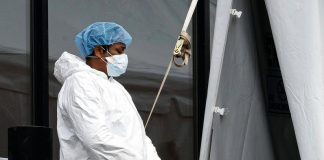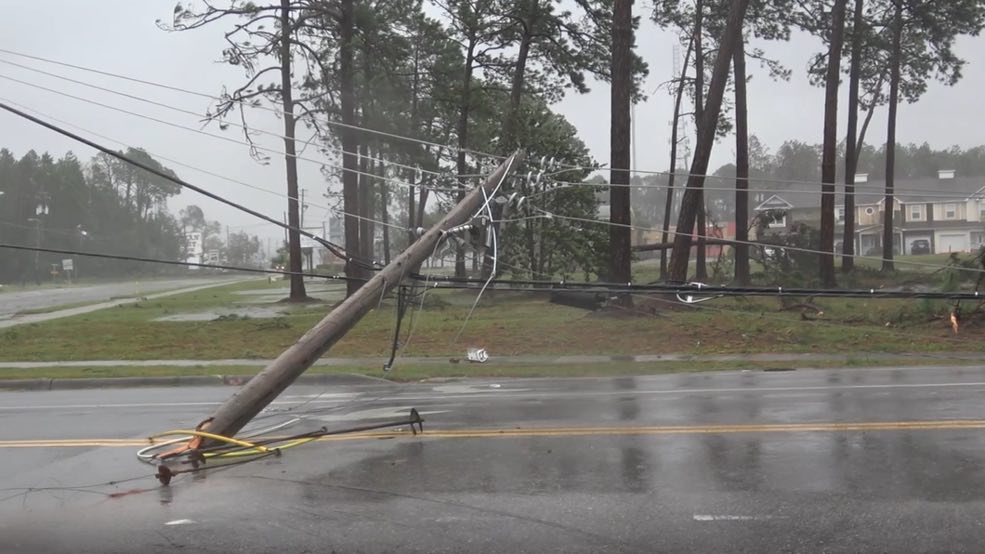
The mystery disappearance of Amelia Earhart could soon be solved by dogs.
The mission, organized by the International Group for Historic Aircraft Recovery, is aimed at the island of Nikumaroro, an uninhabited speck of land about 1,000 miles north of Fiji.
The island has long been a focus of the group’s efforts. They believe that in June 1937, Earhart and navigator Fred Noonan landed there when they were trying to find the much larger Howland Island. Their plane, which was low on fuel, was last tracked on radar on June 2, 1937.
“If you don’t know where you are, that’s the logical direction to head,” said Ric Gillespie, the executive director of TIGHAR.
TIGHAR members have said they think debris found on the island — ball bearings, aluminum paneling and a heel from a shoe Earhardt might have worn — is from Earhardt.
They also note that in 1940, a British officer said he had found a skeleton, several bones from which were originally said to be that of a man. A 1998 effort to recheck the measurements concluded the bones might be that of a woman.
Although the initial bone sample has been lost, TIGHAR archaeologists believe there are more on the island. That’s where border collies Berkeley, Piper, Marcy and Kayle come in.
“No other technology is more sophisticated than the dogs,” said Fred Hiebert, archaeologist in residence at the National Geographic Society, which is sponsoring the bone-sniffing dogs. “They have a higher rate of success identifying things than ground-penetrating radar.”
The dogs, supplied by the Institute for Canine Forensics, have been able to detect bones buried nine feet deep, according to National Geographic.
“There’s real potential for there to be more bones there. There are (at least) 193 bones unaccounted for,” said Tom King, a senior archaeologist with the project.
Hiebert said if the dogs fail to find anything, it does not mean Earhardt was never there.
“If the dogs don’t find anything, we’ll have to think about what that means,” he said, noting that the thick vegetation could impede the dogs, or decomposition could have made finding them impossible.
“But if the dogs are successful, it will be the discovery of a lifetime,” he said.













